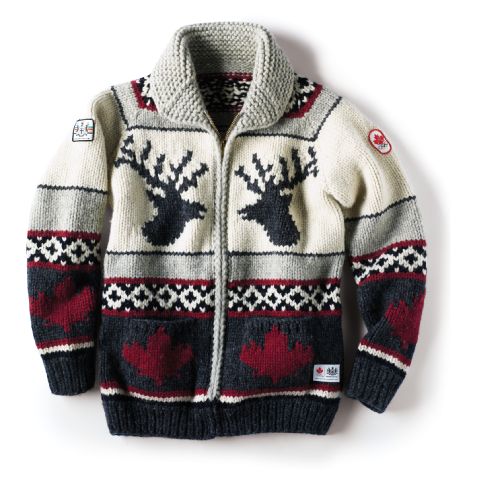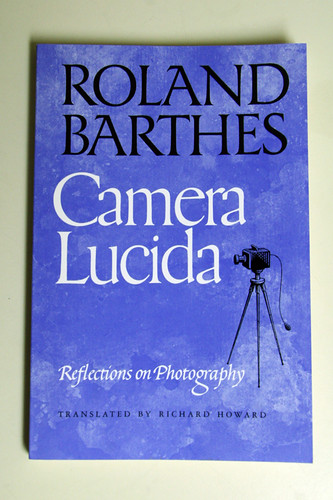part of my reluctance to write about this is that i know the common reaction is that i'm an uppity lefty who just likes to tear down anything fun. "it's just sports! don't take it so seriously!" but then i realized that that is the main reason why i started this blog; in reaction to those who constantly say "it's just clothing! don't take it so seriously!" so read on at your own risk: i am going to try and make you hate the olympics.
okay, i'm sorry, i'm grumpy. let me begin by saying that there are many, many reasons why the olympics piss me off, but namely what has really been aggravating me these days is what is getting talked about and what isn't. i normally listen to cbc radio quite often, but my radio's been turned off almost constantly for the past week and a half. the only decent mainstream news reporting i heard was on the current when anna maria tremonti talked about what a post-olympics vancouver might look like. click the link to listen for yourself.
i tried to find a way to write about the olympics that i felt would suit the feminist fashion stance of this blog way back in october, but never ended up finishing it. today, triggered by a great article entitled "an indigenous olympics" by toban black my friend iris showed me, i'll just put it out there for you. it originally felt unfinished and disjointed, more of a rant than a cohesive essay of sorts, but i think if you read black's article first, it will put you in the right mindset to see where i am coming from. without further ado,
an "aboriginal friendly" canadian winter olympics: inclusion, tokenism and cultural appropriation
The first time I wrote about cultural appropriation and fashion was in 2005, when mocassin-style boots were appearing as a major trend for winter footwear. I wish I could dig up that article, but it seems to be lost somewhere in the archives of the newspaper I wrote it for. I wish I could find it since it would be a good starting point for what I think will be a recurring topic on this blog, as it is something of a touchy subject within the fashion community.

Unveiled earlier this month (October 2009), the Hudson Bay Company's 2010 Olympic clothing line is coming under criticism from Cowichan tribes who accuse them of producing "knock-offs" of the genuine Cowichan sweater.
According to Coast Salish artist Joe Jack, the Cowichan sweater emerged thousands of years ago as a way to battle the harshness of the North American coastal winters. The Coast Salish women had established a strong tradition of weaving woolen and cedar clothing for their families.

"Pre-European, and primarily before the easy access to domestic sheep wool, the Salish women wove clothing and blankets using the hair of a now extinct breed of small wool dog, mixed with mainland mountain goat wool, and goose down."Over time, starting largely in the 1860s due to the extinction of the small wool dog, the style evolved into what we commonly know today as the Cowichan sweater. Practical and beautiful, the garment itself shows an incredible amount of skill and talent. Today, however, the Hudson's Bay Company is attempting to appropriate this rich cultural history of this garment and make a profit of it, with none of the proceeds going to the Coast Salish people it is appropriated from.
This is a perfect example of one of Black's points in his article; Black argues that the image that the Olympics present of the Native community is one that is muddled and watered-down. Yes, it is including native people in its clothing wear by borrowing from the cultural history and traditions, but it needs to do more than that. Who will be making these sweaters? Who will profit from them? And who will be able to afford to buy them and wear them?
Passing theatrical gestures to native peoples during the open ceremonies could be considered to be more respectful, but Olympics marketers otherwise have been mixing up North American native traditions into a soup-like caricature.Theatrical gestures is right. Like Black says, by simply addressing the fact that the logo of the Vancouver Winter Olympics is from northern, Inuit communities while the games take place in a temperate climate where those people never lived shows us that this is tokenism. And let's not even touch the fact that most of the designs for the games that are "native inspired" weren't even done by First Nations artists!
It seems more and more like the "inclusion" of Native communities and organizations in the Vancouver Winter Olympics is nothing more than tokenism or branding. In this case the situation is pretty clear: Yes, we want to sell sweaters that look as though they were made by Native people, but we won't get Native people to make them or let them profit from them.
Often, people dismiss claims of cultural appropriation as trivial and unimportant; "there are bigger problems to address here" or "relax, it's just clothing" are the most common responses I've encountered. However, the cultural appropriation in and of itself does not exist in a vacuum. In this situation, I would argue that the attempted cultural appropriation of the Cowichan sweaters is indicative of larger, more important systems of oppression that are at work. The fact that the Vancouver Olympics Committee thinks it would be okay to take something that is specific to the Coast Salish people, find people who could make it cheaper, and sell it for more money illustrates very clearly that VANOC has very little respect for the host nations it claims to be working with.
WHY THE OLYMPICS ALREADY SUCK

For most people, it is not surprising that the style choices made by HBC and the VanOc comittee are controversial ones; ever since Vancouver won the games in 2002, nearly every decision that has been made (various censorship issues, the debate around female skiers, the Sea to Sky highway, development that displaces the homeless, the Native communities who are against hosting the Olympics on stolen land, the increasing corporate sponsorship, to name a few) has resulted in public outcry.
In my post-colonial theory class two years ago, we discussed the problematic nature of the mascots which are awkward mishmashes of various traditional Native mythological creatures: a half-whale half-bear hybrid (Miga), a whale-thunderbird-bear hybrid (Sumi), and a sasquatch (Quatchi). None of these characters are taken directly from First Nations people. Rather, a designer just threw a bunch together and this is what we are left with.

But back to the Cowichan sweaters. At this point, it almost seems like they are trying to piss off as many people as possible in as many different ways they can think up. Of course, even the clothing they chose for the Olympics would have to be controversial as well. (For more information about why so many people are opposed to the Vancouver 2010 Olympics, check out No2010.ca)
How ironic that it is the Hudson Bay Company who is responsible for the appropriation of the Cowichan sweater. A brief brief primer for those of you who aren't Canadian: the Hudson Bay Company was established in the 1600s, when French and English colonizers/settlers arrived in Canada, or what was soon to be established as Upper and Lower Canada (today, the provinces of Ontario and Québec, with a little bit of power in the Maritime provinces). The Hudson Bay Company established formal fur trade between the trappers, who were often Métis (French and Native American mixed-blood) who hunted animals in difficult to access areas and sold the pelts back to the HBC who would use them to keep the colonizers warm in the harsh climate. There is a much longer history but that's just a brief bit of context for you.
For some more good 'ol fashioned racism courtesy of the Hudson's Bay Company, watch (and cringe) at this commercial.
It is so easy to deconstruct as this idea that white people arrived to this uninhabited land and worked hard and conquered it. We see a glimpse for maybe two seconds at the beginning of the commercial of native people with the Cowichan sweaters hanging; it seems as thought it was shown more for product placement than an acknowledgement of the fact that Native people were here first. All we see are these white pioneer men conquering the empty land and "thriving" in the elements... but that's a whole blog post to itself if I go on.
To end, then, my point is namely that like with any international event that puts a country's history on stage, we have to be critical of what we are being presented with. We have to ask questions that dig deeper. Who is being talked about, and who isn't? What happens before and after said event?
In response to the public outcry around the Cowichan sweaters, the HBC released a statement saying that the hand-knit sweater is a "nod towards this icon of Canadian fashion, while adding our own contemporary twists including type of wool, colour, pattern complexity and logos." Basically, to me, this reads as "We like the look and style of your sweater, so we are going to steal the basic idea of it, get white people to make it even though your ancestors are the ones who created this style of sweater, get them to make it for cheaper and sell it for more money. Oh yeah, and you won't get any money out of it either."
This is my main point of contention with a lot of fashion items, accessories and styles that have a deep cultural history. The idea that one culture can potentially claim "ownership" and can then be stolen from is a very large debate and one that cannot be fully taken up here. But, in this case, I feel like the official Olympic line of clothing is indicative of much larger problems that unfortunately aren't being talked about.
If you're interested in more writing on the topic of cultural appropriation in the Vancouver Winter Olympics, i highly recommend checking out the Urban Native Girl's blog as well as Racialicious.com. for more discussions about feminism and the olympics, check out the pursuit of harpyness. Thanks for reading.
Sources: Cowichan fakes won't win gold from the Victoria Times Colonist
Olympic sweater not a Cowichan, Hudson's Bay Company says by Bruce Constantineau
The history and artistry of the Coast Salish Indian Knitting by Joe Jack.
Podcast of the Cost of the games for Aboriginal communities by Anna Maria Tremonti.
Podcast of the Olympics and Civil Liberties on the Current
The Olympic Resistance Network









